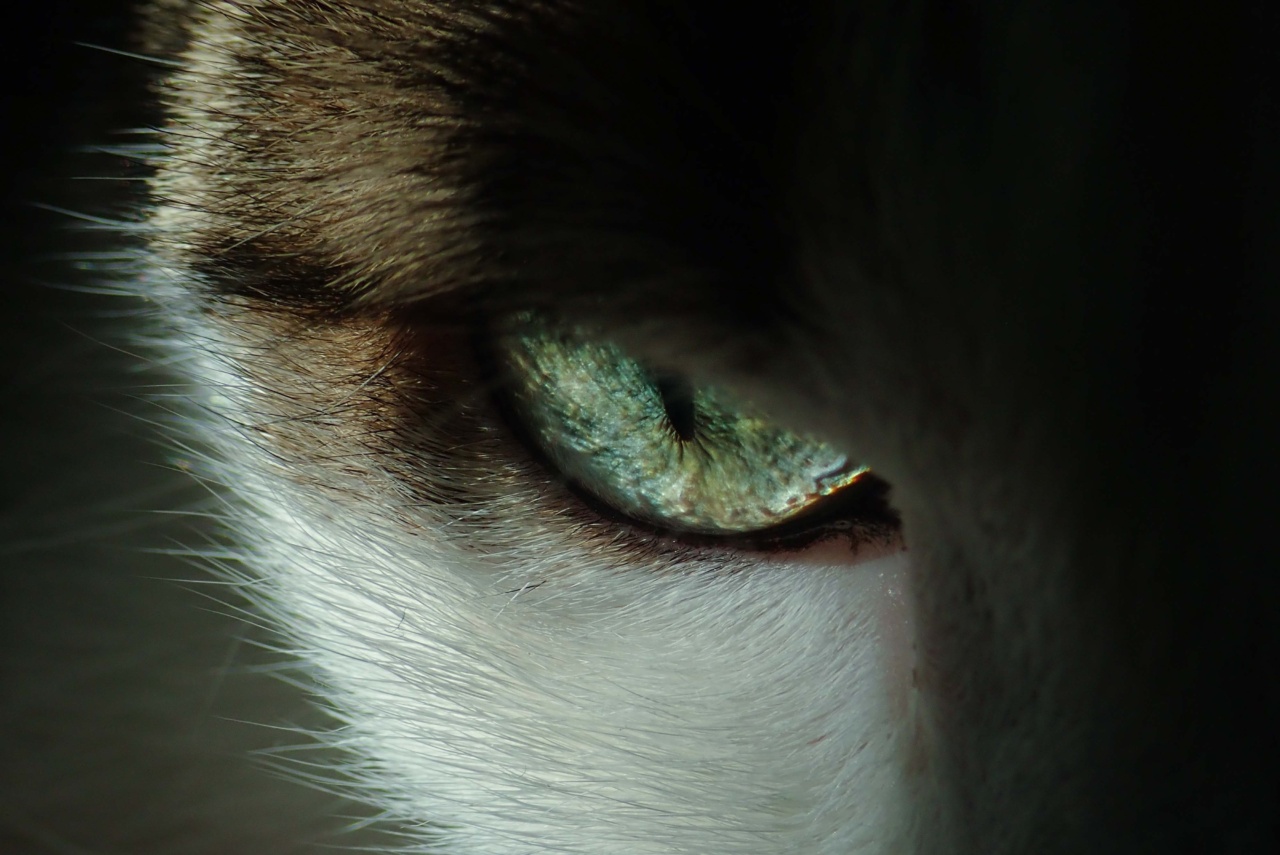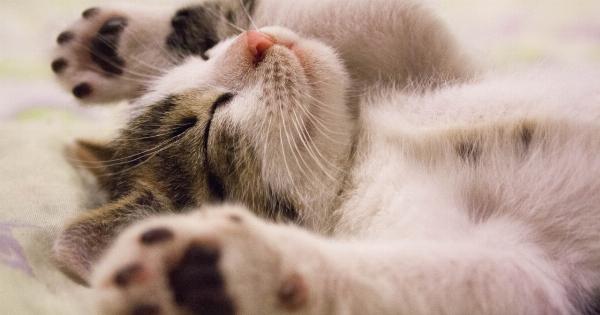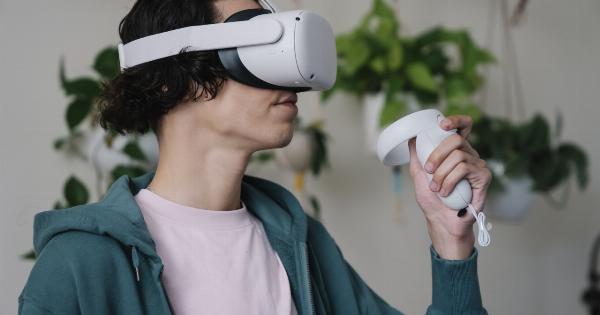When it comes to vision, dogs and cats have some similarities but also some notable differences. Both can see, but the way they view the world is different due to their evolutionary history and the way their brains process visual information.
Color Vision
Humans can see a wide range of colors, thanks to the presence of cones in our eyes. Dogs and cats, on the other hand, have fewer cones. Both species are dichromatic, and their color vision is similar to someone with red-green color blindness.
Cats have only two kinds of cones that help them detect colors, which means they can see primarily blues and greens. They perceive reds as gray or brown.
Dogs have a bit more color vision than cats as they have two cones, but they can only distinguish between blue and yellow. This makes it challenging for them to differentiate between red and green.
Vision Acuity
The vision acuity refers to clarity and how detailed an image appears. In this regard, cats have much better acuity than dogs. They have a wider field of view and are better at detecting movement, which is useful for their hunting prowess.
The ability to see well in low light conditions is another advantage of cats’ vision, thanks to a layer of cells in their eyes called the tapetum lucidum, which reflects light back into the retina to enhance vision.
Dogs have a lower visual acuity than cats. Their eyes are designed more for detecting movement than for seeing fine details.
The great advantage of a dog’s vision is their sense of smell and hearing, which is far more acute than any other living creature on earth.
Depth Perception
Depth perception comes from processing the slight difference in the images received by each eye. This is an essential aspect of hunting and navigating the environment.
Cats have better depth perception than dogs due to their eyes’ position, which gives them overlapping fields of vision and an accurate depth perception ability.
Dogs, on the other hand, might have to jump and sniff their way around, but they compensate through their sense of smell, so they rely on this more than their vision.
Night Vision
Cats are crepuscular animals, meaning they are active during twilight hours, and their vision is adapted to it.
A cat’s taps into its accumulated rod cells which help it not only see well under low-light conditions but also give it significant advantage in perceiving motion. The tapetum lucidum reflects light through the retina, and cats have four times as many rod cells as humans. This makes them capable of seeing things in as little as one-sixth of the light humans need to see an object.
Dogs have some night vision capability, thanks to their tapetum lucidum, but it is not as good as a cat’s. The number of rod cells in dogs is somewhere between cats and humans.
Stereopsis
Stereopsis refers to the ability to see in three dimensions. Dogs and cats see the world in 2D. However, they are still able to judge depth and distance at least in the short range.
Peripheral Vision and Field of View
Both dogs and cats have an excellent sense of peripheral vision. Cats, however, have a wider field of view at around 200 degrees, while dogs have a little less than 180 degrees of vision, but It depends on breed and size as well.
Conclusion
Despite some similarities, dogs and cats have significant differences in their vision due to their evolutionary differences and evolution’s demands.
Cats have superior night vision, precision in detail, ability to see motion, and a wider field of vision. On the other hand, dogs rely on their sense of smell and hearing to navigate their environment are better at judging depth in the long run than cat.



























